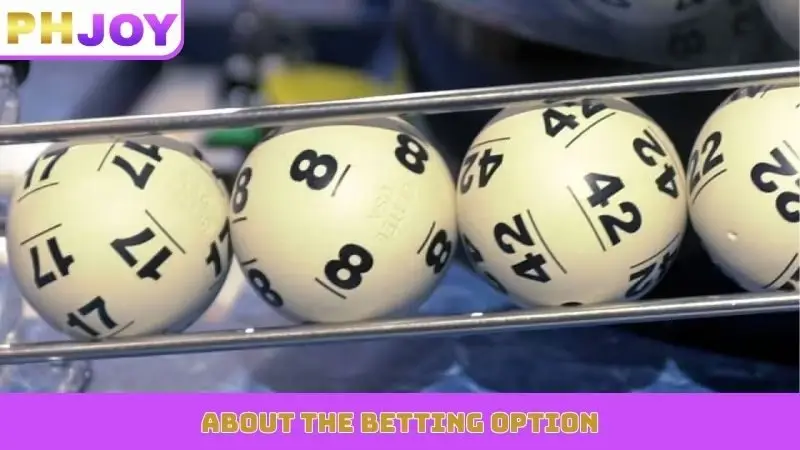Keno is a fast-paced, ancient game of chance that has successfully transitioned into the modern digital betting landscape, offering quick results and dynamic payout structures.This comprehensive analysis from PHJOY breaks down the essential Keno rules, examines the true mathematical odds, and provides disciplined strategies for engaging with this popular lottery variant.
Understanding the core mechanics of Keno
Keno is fundamentally a game of selecting a set of numbers from a pool and hoping those numbers are drawn. The standard game involves a pool of 80 numbers (1 to 80), from which 20 winning numbers are randomly selected during each draw.
The basic Keno draw and format
The game begins with the player deciding how many numbers to select, which is the foundational choice that dictates the odds and potential payout.
- Number Selection (Spots): Players typically choose between 1 to 10 numbers (sometimes up to 15 or 20, depending on the operator), known as “spots.”
- The Draw: 20 numbers are drawn from the 80-number pool.
- Payout: The player wins based on how many of their selected spots match the 20 drawn numbers.

Payout structure and the “hit” system
The potential payout is based on the player’s catch rate – the ratio of matched numbers (hits) to the total numbers selected. The fewer numbers selected, the higher the payout ratio for a single hit, but the lower the overall probability of hitting anything at all.
| Spots Selected | Payout for Max Hit | Odds of Max Hit (Approximate) |
| 4 Spots | ≈150× stake | 1 in 386 |
| 6 Spots | ≈1,800× stake | 1 in 7,753 |
| 8 Spots | ≈10,000× stake | 1 in 230,115 |
| 10 Spots | ≈100,000× stake | 1 in 8,911,711 |
Decoding the advanced betting options in Keno
Beyond simply picking 1 to 10 numbers, modern platforms offer more sophisticated betting types to add variety and strategic depth to the game.
Combination tickets and way bets
Combination tickets (or “way bets”) allow players to group their selected numbers into multiple smaller tickets on a single slip.
- Grouping Strategy: If a player selects 15 numbers, they can group those numbers into several smaller combinations (e.g., combining 10 numbers and 5 numbers) to increase the likelihood of hitting a smaller prize without committing to the astronomical odds of hitting 15/15.
- Cost vs. Coverage: This strategy offers better coverage but significantly increases the cost of the ticket, requiring careful calculation to ensure the potential partial wins justify the increased investment.

Outside bets (Big/Small, Odd/Even)
Many Keno variants introduce side bets based on the nature of the 20 drawn numbers, appealing to players who prefer near-even odds.
- Big/Small: Betting that the total sum of the 20 drawn numbers will fall into a ‘Big’ or ‘Small’ range (e.g., total sum over 810 is Big).
- Odd/Even: Betting that the majority (11 or more) of the 20 drawn numbers will be Odd or Even. These bets often pay close to 1:1, appealing to risk-averse bettors.
Strategic participation and smart Keno play
PHJOY promotes an approach to Keno that balances the game’s high excitement with disciplined wagering principles. Due to the high house edge common in this game, winning consistently is mathematically challenging, making strategy critical for managing losses.
The bankroll management imperative
Effective bankroll management is the single most important strategy in this game due to its inherent high volatility and house edge.
- Fixed Stake Commitment: Set a very low, fixed amount for each ticket, regardless of whether you are playing single spots or complex way bets. The quick nature of draws can rapidly deplete an undisciplined bankroll.
- Session Limits: Implement strict time and loss limits. Given that a game can resolve in minutes, it is crucial to step away once either the time limit or the allocated betting budget for that session is reached.

Analyzing the optimal number of spots
While the maximum number of spots offers the highest jackpot, mathematical analysis suggests a strategic sweet spot for balanced play.
- The Mid-Range Advantage: Statistically, selecting the mid-range of numbers (typically 6 to 8 spots) offers the best balance between hitting a worthwhile prize and maintaining manageable odds. Betting on only 1 or 2 spots, while high probability, often results in very low payouts.
- Consistency Over Volume: Rather than spreading your budget thinly across many different combinations, focus on consistently playing a select few well-thought-out combinations at a moderate stake level.
Avoiding common Keno fallacies

Keno, perhaps more than any other lottery game, is plagued by misconceptions regarding number patterns.
- The Randomness Rule: Every draw is an independent event. Neither past “hot” numbers nor “cold” numbers have any influence on future draws. Base selections on diverse number groups rather than tracking non-existent streaks.
- Utilizing Groupings: If you choose to play a way bet, group numbers logically (e.g., all high or all low) but avoid the mistake of believing these groupings inherently improve your odds. They only restructure your payout potential.
Conclusion
Keno offers a unique and engaging blend of quick action and high-reward potential, making it a thrilling part of the lottery ecosystem. PHJOY.IO is dedicated to ensuring that our community approaches this game with mathematical clarity and responsible habits. By understanding the core rules, utilizing combination strategies judiciously, and maintaining an iron-clad bankroll discipline, players can manage the game’s volatility. Whether you prefer the simplicity of a few spots or the complexity of way bets, remember that disciplined participation is the ultimate strategy for sustained enjoyment.


 Mega 6/45 Rules and Strategy | In-Depth PHJOY Analysis
Mega 6/45 Rules and Strategy | In-Depth PHJOY Analysis